A Condensed Timeline of Pickens County History Prepared by the Pickens County Museum of Art and History
11,000 BC
Clovis people inhabited the Estatoe Valley
1753
Fort Prince George built
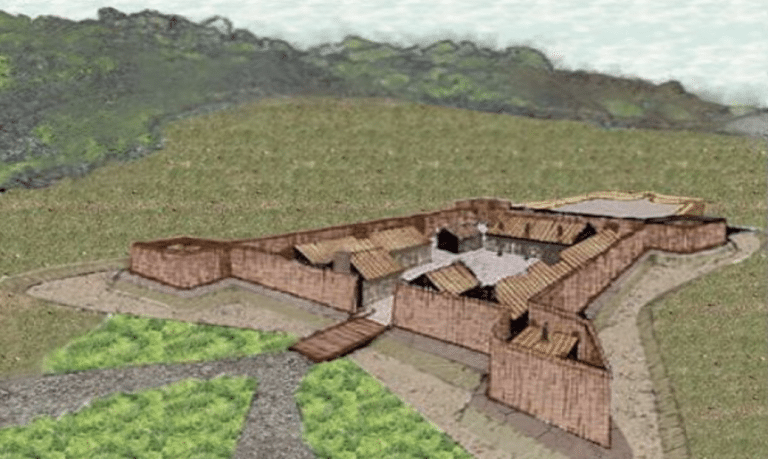
1760-1761
Cherokee War
1785
Hopewell Treaty
The Cherokee forfeited most of their Pickens County land.
1786
Secona Baptist Church organized
1789
Secona Baptist Church, located just west of Pickens, was built
1791
SC Legislature established Washington District
Washington District consisted of present-day Greenville, Anderson, Pickens and Oconee counties. Town of Pickensville established (near present-day Easley).
1795
Oolenoy Baptist Church, named from a well-respected Cherokee Chief Woolenoy, was built of logs
The first minister was Rev. John Chastain.
1797
Old Stone Church (Presbyterian) built by John Rusk, Revolutionary War heroes, and others
This was the first church in South Carolina to allow slaves to be members. The cemetery has many historical markers, including General Andrew Pickens.
1798
Washington District divided into Greenville and Pendleton Districts. Pendleton District consisted of present-day Anderson, Pickens and Oconee counties.
1817
Andrew Pickens dies (born - 1739)
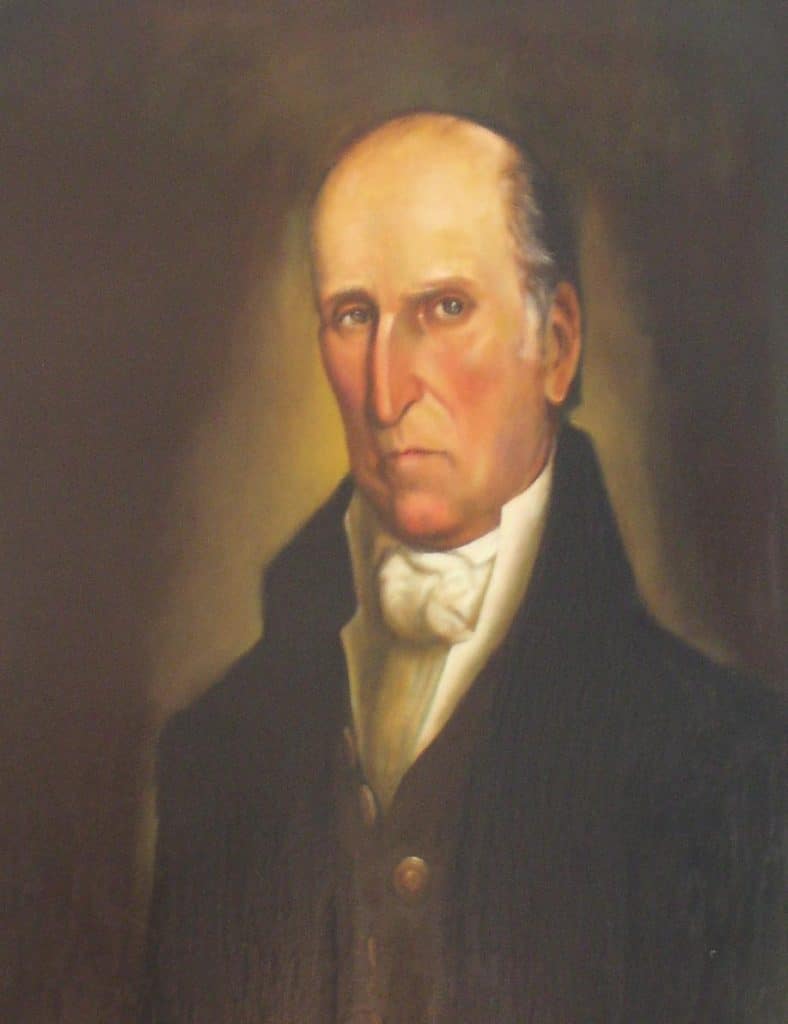
1825
Benjamin Hagood built the original Hagood mill around 1825
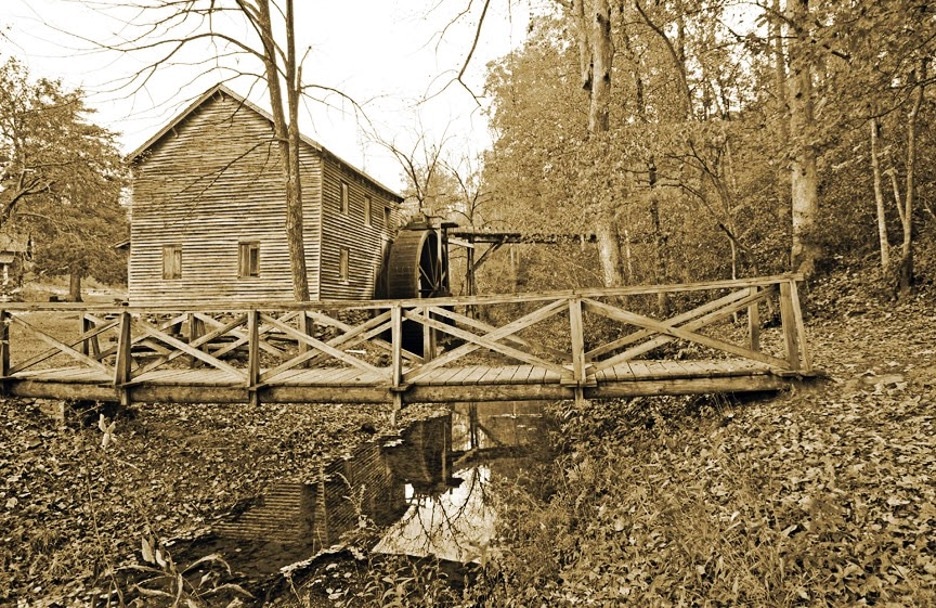
1825
Golden Creek Mill was originally built on the banks of Golden Creek in 1825 by Joseph Woodal to provide cornmeal, grits and flour in early American neighborhoods. In later years it was converted into a Cotton Gin and Press.
1827
Pickens Courthouse Post Office established on Main Street on May 16th.
1828
Pendleton District divided into Anderson and Pickens Districts. Pickens District consisted of present-day Pickens and Oconee counties. A courthouse was built on the west bank of the Keowee River and the town of Pickens Courthouse started.
1829-1832
John Caldwell Calhoun, Vice President to President Andrew Jackson
1840
First hotel at Table Rock
1840
Present Day Hagood Mill built by Benjamin Hagood
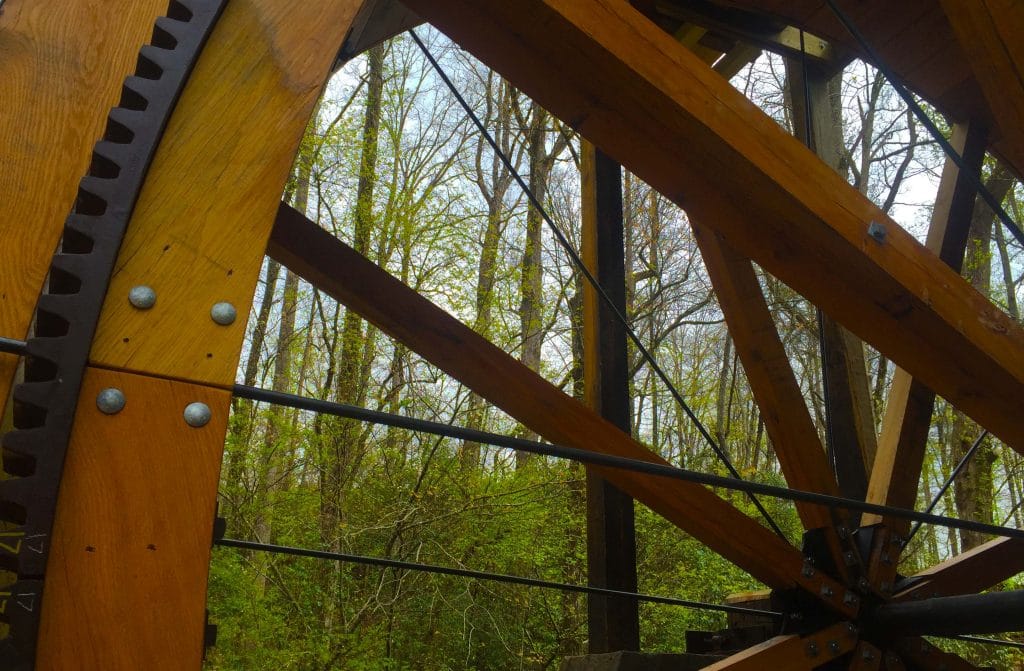
1850
John C. Calhoun dies (born - 1782)
1856
Hagood-Mauldin House built by James E. Hagood in Pickens Courthouse
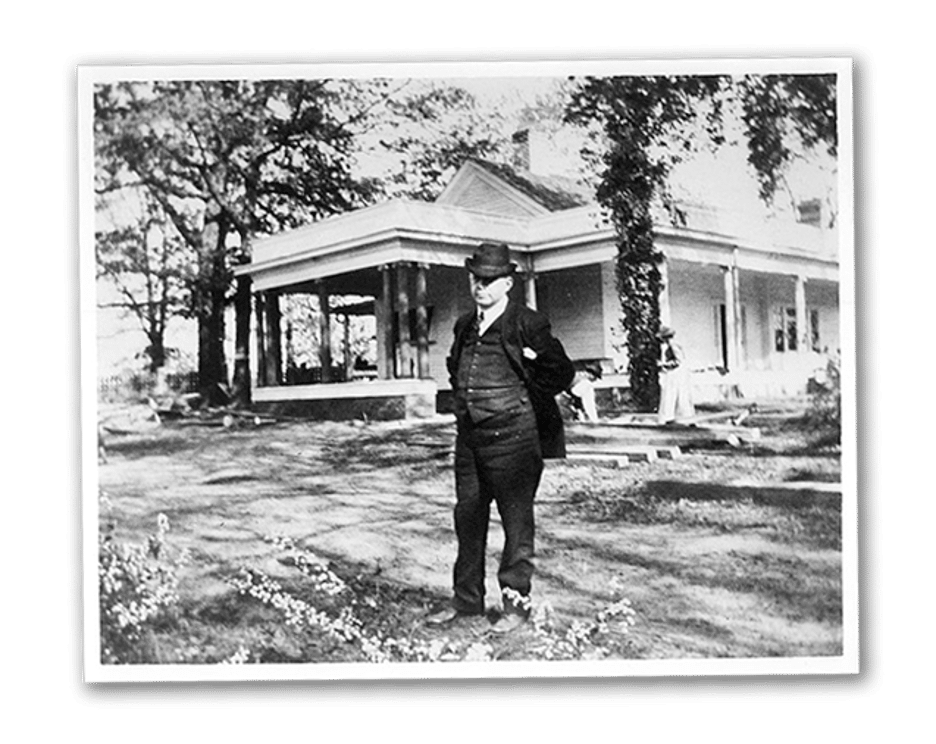
1858
The Presbyterian congregation for Carmel Church was originally formed in the mid 1700s.
Carmel is the oldest Presbyterian Church in the old Pendleton district. The first church was built of logs. The present sanctuary, constructed of hand made bricks, was completed in 1856.
1858 or 1859
The Blue Ridge Railroad reaches the Pickens District
1900
By 1900 the county could boast of 3 cotton mills, 2 railroads, 3 banks, 3 roller mills, 37 sawmills, 10 shingle mills and 4 brickyards
1900
First Fire Department in Pickens, which used a two-wheel cart with a two and a half inch hose around the drum of the cart
1902
Pickens County Gaol (present-day Pickens County Museum) built
1902
Easley Publishing Co. (Easley Progress) founded
1903
Colonial House, a Greek Revival-style house (206 Griffin St., Pickens), was built by Ben A. Hagood
1903
The Hiawatha Hotel (which is currently the Pickens Hotel) was built and was a popular summer resort for the low country people. Presently the building is offices, but still has a few rooms upstairs for weekly or monthly boarders.
1904
Pickens Centralized High School was built. Used at first for first through tenth grades, then combined junior and high school until 1954, when current Pickens High School was built, at which time it became a junior high until January 1968. This building was torn down in the 1970s.
1906
Central Wesleyan University opened (renamed Southern Wesleyan, 1995)
1906
On May 4th, the Pickens Cotton Mill was chartered
1907
First bridge across the Keowee River (Chapman Steel Bridge)
1908
The McFall House, (location), built by the former Vesta Mauldin, the widow of Waddy Thompson McFall. She was the daughter of the first sheriff and the sister to Judge Mauldin.
1908
Pickens Mill Baptist Church was built
1908
First brick house built in Pickens. This house was built for J. T. Taylor.
1909
Last legal public hanging at Pickens County Courthouse
1910
Town of Six Mile chartered
1916
The Keowee Flood, when Toxaway Dam broke, destroyed many homes and the original steel bridge at Chapman's Ford. The 130-foot-long Chapman's Covered Bridge, consisting of 50,000 board feet of heart pine lumber, replaced the bridge the next year.
1919
Dr. J. L Aiken was one of the first dentists in the area, practicing from 1919 to 1961
1919
The Cureton Home, 230 Ann St., Pickens, was built by Mayor C. L. Cureton. Cureton served as Mayor of Pickens in the 1920s and 1930s.
1920
The Pickens Garden Club was founded with education and beautification as goals
1924
Hiott Printing Company was established
1925
First hospital in Pickens County - Dr. Peek's Hospital in Six Mile.
1927
First 4-H Camp in U.S. (present-day Camp for the Blind) in Rocky Bottom.
1927
The Woodruff House, 250 Ann Street, Pickens, was built in 1927 by Dr. Paden Woodruff. Dr. Woodruff opened his practice in 1919 and was Mayor of Pickens in 1929-1931.
1927
The Findley House, 206 Hampton Ave., Pickens, was built by William Elbert Findley, later occupied by his son Earle W. Findley. The honorable Earle W. Findley was mayor of Pickens from 1956-1977.
1927
The Aiken House, 256 Ann Street, Pickens, was built by Dr. J. L Aiken; this home served as the Presbyterian Manse from the early 1940s to 1972.
1928
Pickens County joined the Greenville Council of Boy Scouts (name changed to Blue Ridge Council in 1932).
1929
Six Mile devastated by tornado
1930
The first paved highways completed ran from Greenville to Walhalla by way of Easley, Liberty and Central.
1930
Built in the late 1800s, and originally known as Gravely Mill, it became known as Meece Mill with its new owner Bob Meece. The mill was reconstructed by Mac Walker in 1930 and operated until 1964. Today it is home to Yoder's B-B-Q and is known a Yoder's at Meece Mill.
1934
The city purchased a 1925 model Seagrave Fire Truck from the city of Danville, VA, which was the first fire truck Pickens ever had.
1936
First Girl Scout Troop
1939
The Singer Company purchased the Appalachian Lumber Company (started in 1927).
1939
The Poinsett Lumber and Manufacturing Co., a division of The Singer Company (now OWT), purchased the railroad.
1941
World War II - Pickens County population - 37,000 (13% African American)
1943
Last reunion of Confederate veterans at home of Matthew Hendricks (he was 101 years old).
1945
Oolenoy Baptist Church, which was originally built in 1795 of logs and rebuilt in 1840 of planks, was again rebuilt in 1945. This church is still in use today.
1946
A. W. Bivens is mayor of Pickens from 1946 to 1952.
1958
Pickens County Historical Society organized

1958
Pickens County YMCA was chartered
1958
The "Liberty Monitor" newspaper founded
1959
Third and present courthouse built
1959
The Singer Company consolidated its sawmill and cabinet operations with the woodworking operations from Arkansas and Craftsman power tools from New Jersey to the Pickens location.
1962
The Easley YMCA building built
1964
Mayfair Mill acquired the Pickens Cotton Mill and operated it as the Mayfair Mill until it closed in 2002
1966
Archaeological excavations at Fort Prince George site on Keowee River
1967
Work in progress for Keowee Toxaway Nuclear Project
1968
Pickens County Centennial
1975
Old Pickens County Gaol reopened as Pickens County Museum
1980
The Concerned Citizens for Animals (CCA) was founded
1993
Legacy Square was built, which features a fountain constructed with bricks sold to individuals
1994
Hanover House, built in 1716 for French Huguenot Paul De St. Julien in Berkeley County, SC, was moved to Clemson University in 1941, and moved again to the South Carolina Botanical Garden in 1994.
1995
Present Pickens County Administration Facility built
1999
The YMCA building in the town of Pickens was built
2003
Pickens County population 113,097

